What kind of fish farming is in Ghana?
Struggling to find clear information on Ghana's fish farming scene? You're not alone. Many wonder about its viability and common practices.
Fish farming in Ghana primarily involves pond aquaculture, focusing on species like Tilapia and Catfish. It's a growing sector aiming to meet local demand and reduce fish imports.
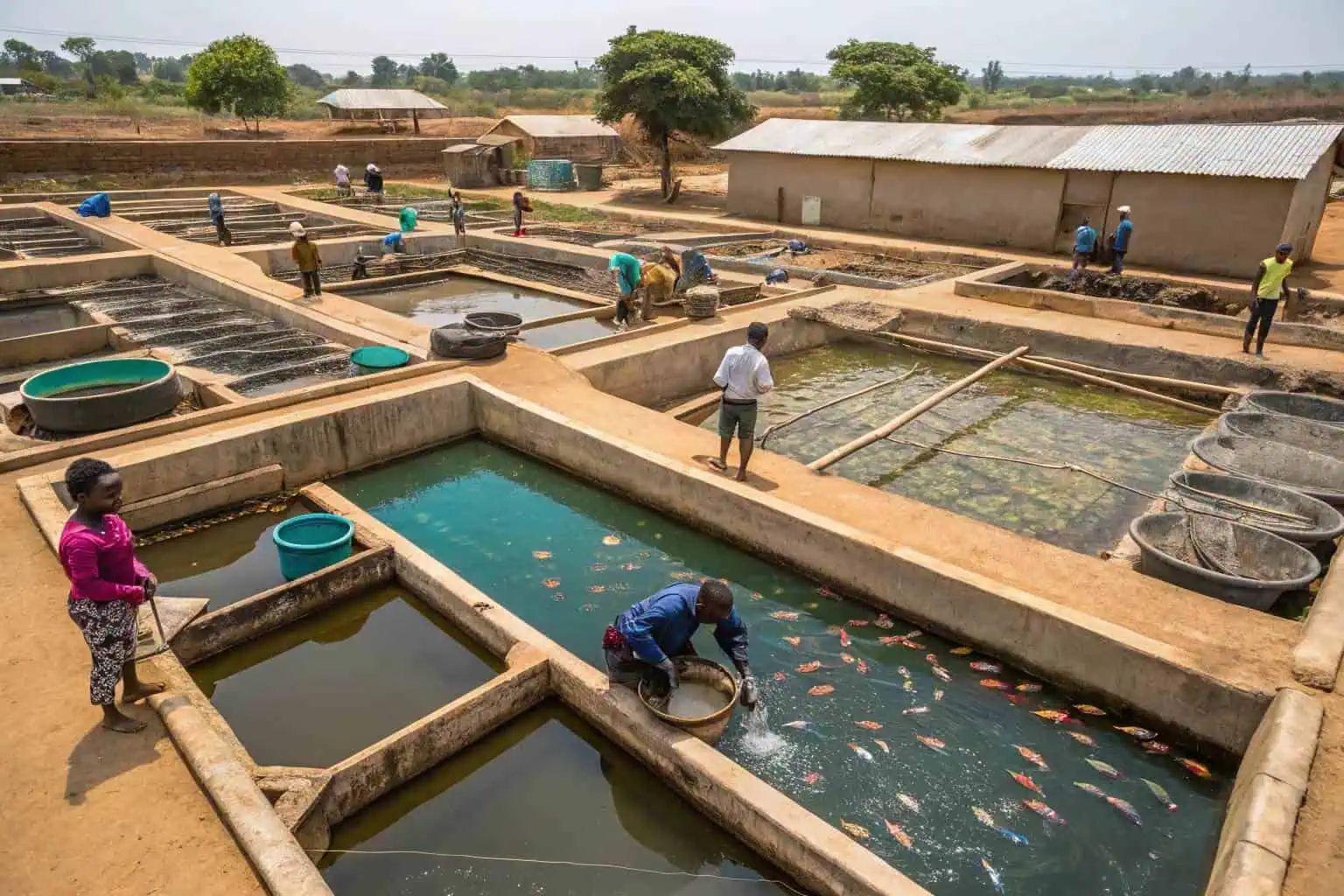
As someone deeply involved in this sector, I've seen its ups and downs. The potential is huge, but understanding the specifics is key. Let's explore what makes Ghana's aquaculture tick, from popular fish types to the nitty-gritty of costs and profitability. This journey will give you a clearer picture of this promising industry.
What type of fish are in the Ghana market?
Wondering what fish Ghanaians prefer? Knowing the market favorites is crucial for any aspiring fish farmer here.
Tilapia and Catfish dominate Ghana's farmed fish market. Imported mackerel and horse mackerel are also very popular, highlighting a gap that local aquaculture can fill.
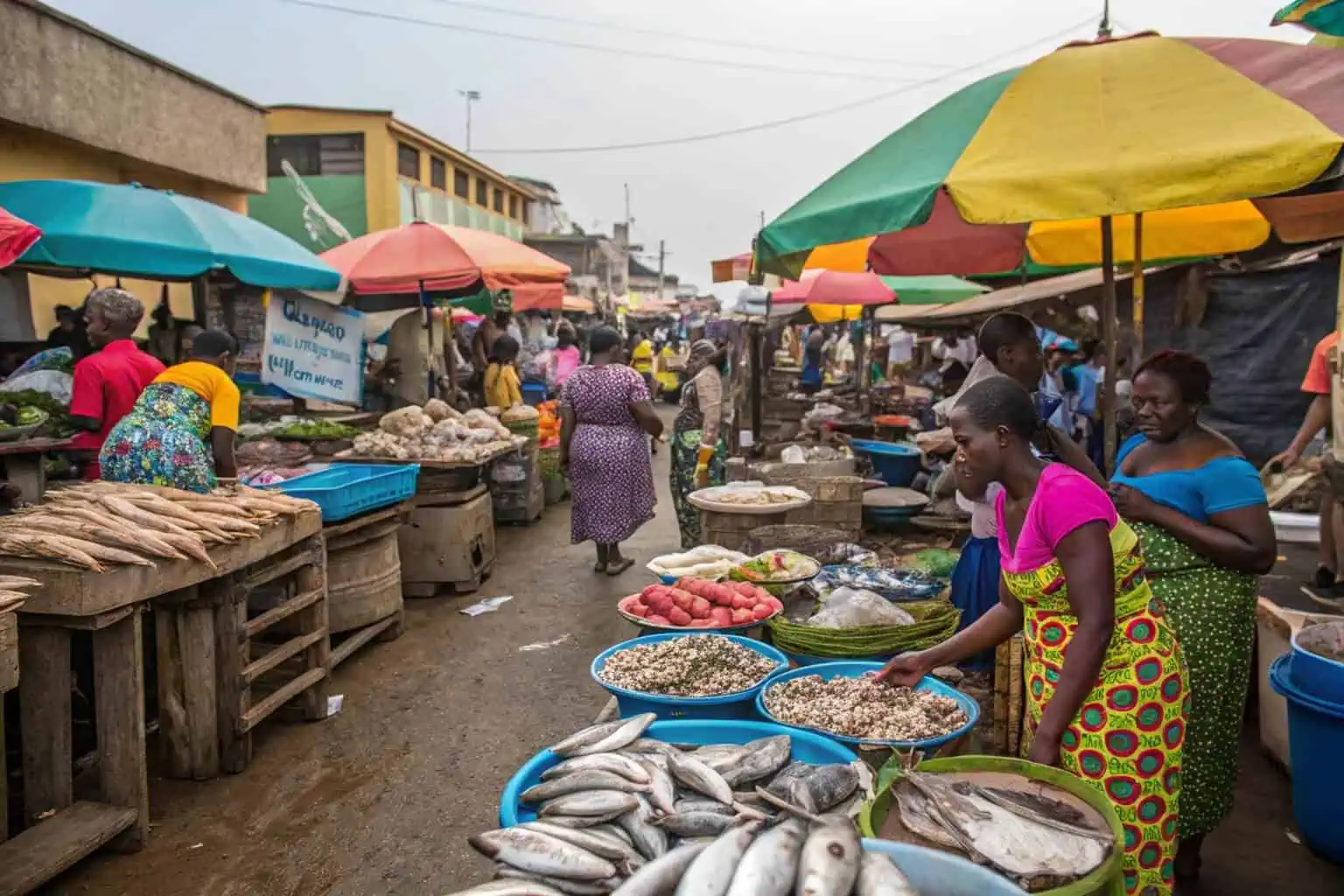
I've spent a lot of time observing local markets and talking to sellers. The demand for fresh, locally sourced fish is undeniable. While many types of fish are consumed, focusing on what thrives in local aquaculture1 and what people consistently buy is smart. Let's dive deeper into the common species and why they are popular.
Nile Tilapia: The Local Champion
Nile Tilapia is a star in Ghana. It's relatively easy to raise. It grows fast. And people here really like its taste. Many small and large farms choose Tilapia because it adapts well to pond conditions. I remember visiting a farm near Lake Volta, and the farmer, a man named Kofi, told me, "Tilapia is our backbone. It feeds families and brings income." He showed me his Bancy collapsible fish tanks2, explaining how they allowed him to expand his production flexibly. These tanks are great because they are durable and can be set up almost anywhere, which is a big help for farmers starting out or looking to scale up.
African Catfish: The Rising Star
African Catfish3 is another big player. It's known for its hardiness. It can tolerate tougher water conditions than Tilapia. Plus, it has a good market price. Many Ghanaians enjoy catfish in soups and grilled dishes. I've seen a growing interest in catfish farming, partly because it can be very profitable if managed well. The feed can be a bit more specialized, but the returns often justify the investment. Some farmers I know use our Bancy galvanized sheet fish tanks for catfish, as they offer a very sturdy and long-lasting environment, perfect for these active fish.
Other Marine and Freshwater Species
Beyond Tilapia and Catfish, the market also sees a variety of other fish4. These mostly come from marine capture5 or imports. You'll find species like mackerel, horse mackerel, and various local sea fish. While these aren't typically farmed in inland ponds, their presence shows the overall high demand for fish. This strong demand is a good sign for local aquaculture6. It means there's room for growth and for more locally farmed fish to replace imports. The government is also keen on boosting local production, which is an added incentive.
| Feature | Nile Tilapia | African Catfish | Imported Marine Fish |
|---|---|---|---|
| Origin | Locally Farmed | Locally Farmed | Imported/Wild Caught |
| Popularity | Very High | High, Growing | Very High |
| Ease of Farming | Relatively Easy | Moderately Easy, Hardy | Not Farmed Inland |
| Market Price | Good | Good to High | Varies, Can be High |
| Key Benefit | Fast Growth, High Demand | Hardy, Good Profit Margin | Fills Supply Gap |
How much does it cost to build a fish pond in Ghana?
Thinking of starting a fish farm in Ghana? The first big question is often about the setup cost, especially for the ponds.
Building a basic fish pond in Ghana can cost between 5,000 to 10,000 Ghanaian Cedis. This varies based on size, type, and location.
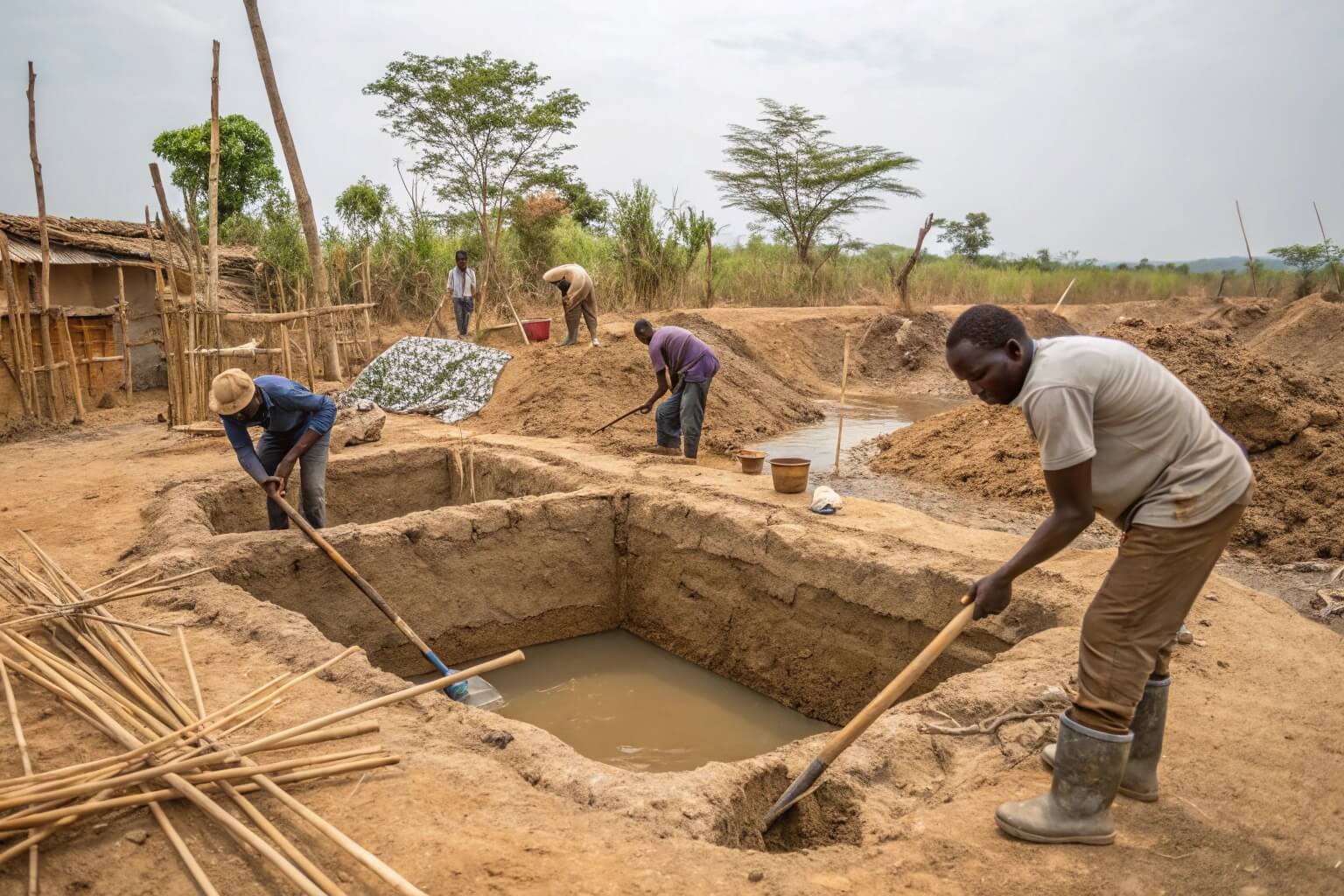
From my experience, these figures are a general guide. I've seen projects go higher, especially for larger, more sophisticated setups. It's not just about digging a hole; it's about creating a sustainable environment for your fish. Let's break down the factors that influence this cost7.
Earthen Ponds vs. Tank Systems
Earthen ponds are often seen as the traditional, cheaper option. You need land, and then you excavate. However, costs can add up with lining materials if your soil doesn't hold water well, plus inlet and outlet construction. On the other hand, tank systems, like the ones we at Bancy provide, might seem more expensive upfront but offer advantages. For example, our collapsible PVC fish tanks or galvanized steel tanks8 are durable, easier to manage in terms of water quality, and can be set up in various locations, even where land isn't ideal for earthen ponds. I recall a client who initially planned for an earthen pond but switched to our galvanized pipe fish tanks. He found that while the initial tank cost was a bit higher, he saved on land preparation and water loss, and found disease control much easier.
Size and Scale of Operation
Naturally, a small backyard pond will cost much less than a large commercial one. When I advise potential farmers, I always ask about their target production9. A pond of 10m x 20m will have different excavation, material, and labor costs than one of 50m x 100m. It's important to plan your scale according to your budget and market expectations. Starting small and scaling up is a strategy many successful farmers use. This is where modular systems like our Bancy tanks shine, as you can add more units as your business grows.
Labor, Materials, and Location
Labor costs vary across Ghana10. Materials like cement, pipes, and liners also have fluctuating prices. Your farm's location impacts these costs too. If it's remote, transporting materials and equipment will be more expensive. I always recommend getting multiple quotes from local contractors and suppliers. Also, consider water source development11. If you need to drill a borehole12, that's an additional significant cost. When I was helping set up a community project in a northern region, securing a reliable water source was our biggest initial investment, even before pond construction.
| Cost Factor | Earthen Pond Example (100m²) | Tank System (e.g., Bancy PVC Tank, 10,000L) | Notes |
|---|---|---|---|
| Excavation/Setup | 2,000 - 4,000 GHS | 500 - 1,000 GHS (for base preparation) | Earthen ponds require more earthwork. |
| Lining/Tank Cost | 1,000 - 3,000 GHS (if needed) | 3,000 - 6,000 GHS (for the tank itself) | Tank quality and size vary. Bancy offers various durable options. |
| Plumbing | 500 - 1,000 GHS | 300 - 700 GHS | Inlet, outlet, overflow pipes. |
| Labor | 1,000 - 2,000 GHS | 200 - 500 GHS (for assembly) | Varies by location and complexity. |
| Total Estimate | 4,500 - 10,000 GHS | 4,000 - 8,200 GHS | These are rough estimates; actual costs can differ. |
How much does it cost to feed 1000 catfish in Ghana?
Planning to raise catfish in Ghana? Feed is your biggest ongoing expense, so knowing the cost is vital for your budget.
Feeding 1000 catfish in Ghana for about six months can cost between 2,000 to 3,000 Ghanaian Cedis. This depends on feed type and growth stage.
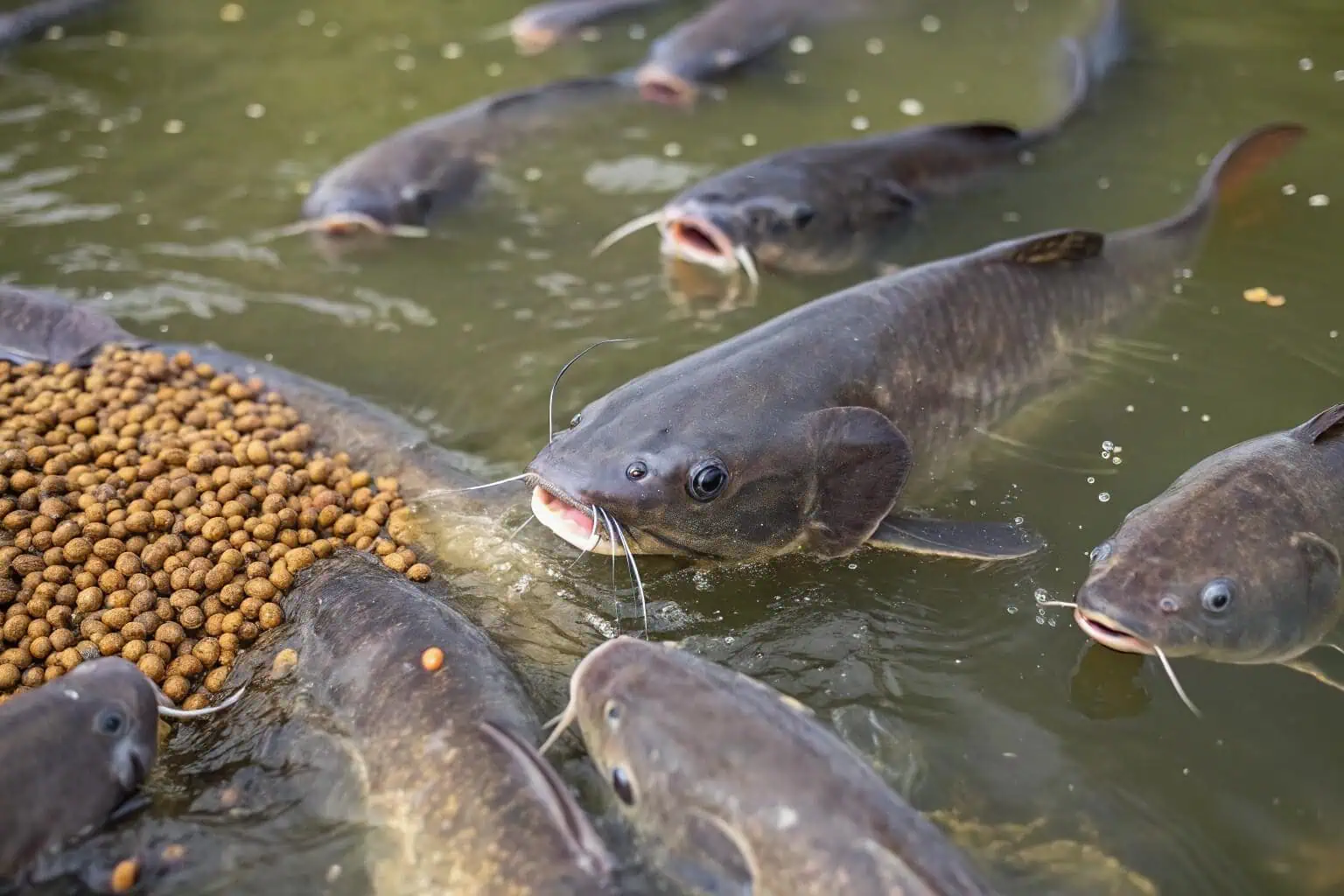
I've seen firsthand how feed costs13 can make or break a fish farming venture. It's a significant part of the operational budget. The quality of feed directly impacts growth rate and fish health, so skimping here isn't advisable. Let's look at what goes into this cost.
Feed Types and Quality
There are various types of fish feed available in Ghana, from locally produced to imported brands. Imported feeds are often high quality but more expensive. Local feeds can be cheaper but quality might vary. For catfish14, you need a feed with good protein content, especially for fingerlings and juveniles. As they grow, their dietary needs change. I always advise farmers to research feed brands and, if possible, start with a reputable one. Some farmers try to make their own feed to cut costs, but this requires knowledge and consistency to ensure balanced nutrition. I remember a farmer who switched to a cheaper, unknown feed brand and saw his catfish growth slow down significantly. He learned the hard way that quality matters.
Growth Stages and Feeding Regimen
Catfish don't eat the same amount or type of feed throughout their life. Fingerlings need fine, high-protein crumbles. As they grow into juveniles and then table-size fish, the pellet size increases, and the feeding frequency might change. Typically, you feed young fish more often. A batch of 1000 catfish will consume an increasing amount of feed as they get bigger. Most farmers aim to grow catfish to table size (around 1kg) in 5-7 months. During this period, each fish might consume 1kg to 1.5kg of feed in total, depending on the feed conversion ratio (FCR)15. A good FCR (e.g., 1:1.2, meaning 1.2kg of feed produces 1kg of fish) is crucial for profitability.
Market Price Fluctuations
Feed prices aren't static. They can change due to raw material costs (like maize, soya, fishmeal), import duties, and transportation. This is a big challenge for farmers. I've seen feed prices jump by 20-30% in a single season, which heavily impacts profit margins. It's wise to factor in potential price increases when budgeting. Buying in bulk can sometimes offer savings, but you need proper storage to maintain feed quality. Some farmer cooperatives try to negotiate better prices by pooling their orders. This is something I encourage, as collective bargaining power16 can be effective.
| Aspect | Details | Estimated Cost for 1000 Catfish (6 months) | Notes |
|---|---|---|---|
| Feed Type | Starter, Grower, Finisher (pellets) | - | Protein content varies (e.g., 40-45% for starter, 30-35% for finisher). |
| Total Feed Consumed | Approx. 1.2kg - 1.8kg per fish to reach 1kg size | 1200kg - 1800kg total | Depends on Feed Conversion Ratio (FCR). Aim for FCR of 1.2 to 1.5. |
| Average Feed Price | 1.70 - 2.50 GHS per kg | - | Varies greatly by brand, quality, and supplier. Imported feeds are usually on the higher end. |
| Total Feed Cost | 2,040 - 4,500 GHS | This is a broad range. My initial estimate of 2000-3000 GHS is for more optimized scenarios. |
Which farming is most profitable in Ghana?
Looking for the most profitable farming venture in Ghana? It's a common question, and the answer isn't always straightforward.
While vegetable, fruit, and poultry farming are traditionally profitable in Ghana, fish farming, especially catfish and tilapia, shows strong potential due to high demand and supply gaps.
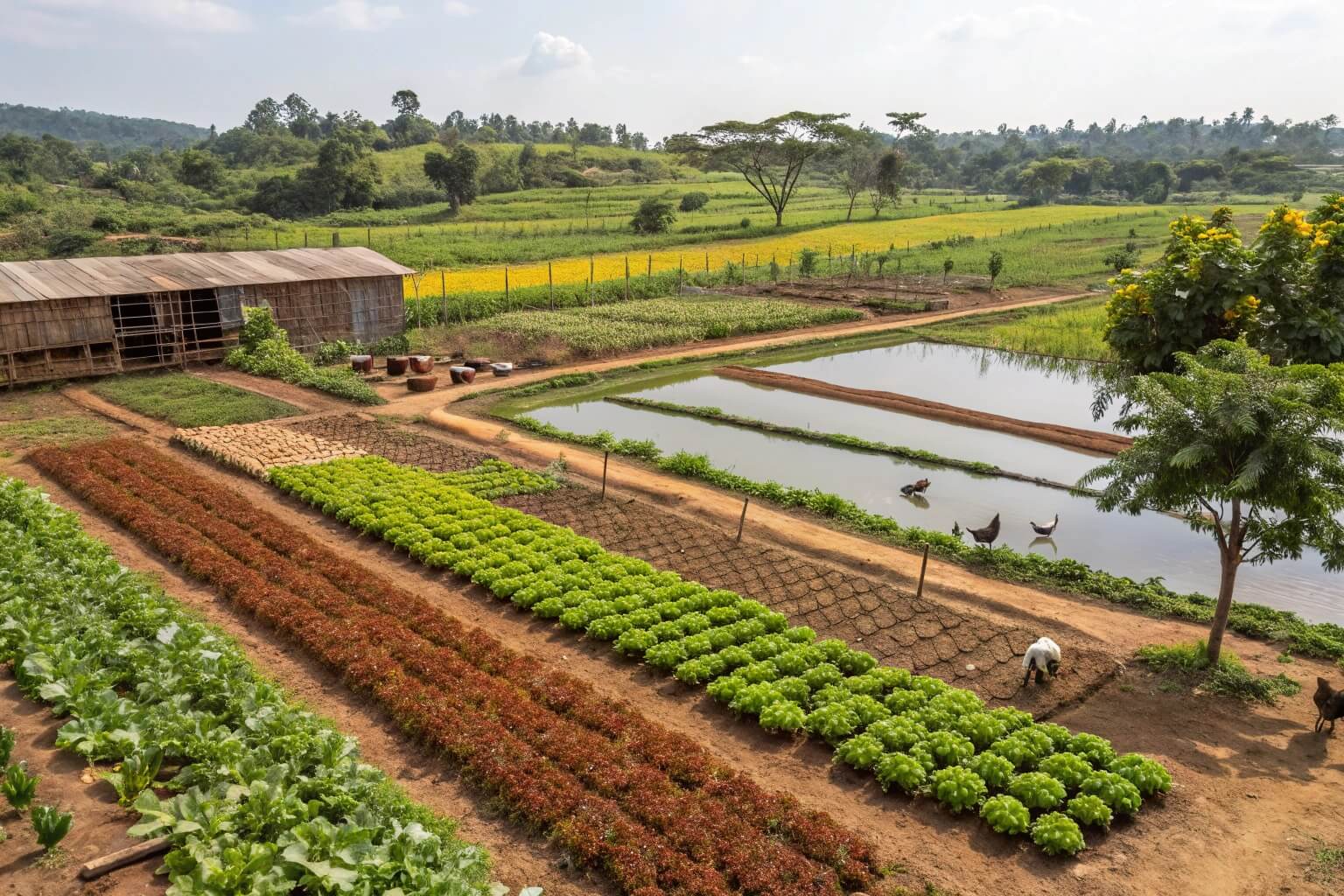
In my journey through Ghana's agricultural landscape17, I've seen successes and failures in various sectors. Profitability depends on many factors, including market demand, production costs, management skills, and even climate. Let's compare some options.
Traditional Cash Crops and Livestock
Crops like cocoa (though more long-term), maize, cassava, and vegetables like tomatoes and peppers have always been staples. Poultry farming, especially for eggs and meat, also has a large market. These sectors are well-established, but they also face challenges like price volatility18, pests, and diseases. When I talk to farmers, many mention the rising costs of inputs for these traditional areas. For instance, poultry feed has become very expensive, similar to fish feed.
The Case for Fish Farming
What makes fish farming, particularly species like Tilapia and Catfish, an attractive option in Ghana? First, there's a huge local demand for fish that isn't being met by domestic production. Ghana imports a lot of fish. This supply-demand gap means there's a ready market. Second, with good management, fish farming19 can offer good returns within a relatively short cycle (5-7 months for catfish or tilapia). I believe the key is efficient production. Using quality fingerlings, appropriate feed, and good water management in reliable systems like Bancy's fish tanks can significantly improve yields and profitability. The government is also actively promoting aquaculture, which can mean access to support and incentives.
Niche and Emerging Opportunities
Beyond the mainstream, there are other farming ventures gaining traction. Snail farming, mushroom cultivation20, and certain horticultural products (like exotic fruits or organic vegetables) can be very profitable, often because they serve niche markets or have export potential. However, these might require specialized knowledge and market access. For example, I met an entrepreneur who was doing very well with greenhouse tomato farming21, focusing on high-quality produce for supermarkets and hotels. It required a significant initial investment in technology but paid off due to premium pricing.
| Farming Type | Potential Profitability | Key Challenges | My Take |
|---|---|---|---|
| Vegetables/Fruits | High | Price Volatility, Pests, Post-Harvest Losses | Consistent demand, but requires good market linkage and storage. |
| Poultry | High | Feed Costs, Disease Outbreaks | Large market, but input costs are a major concern. |
| Fish (Tilapia/Catfish) | Very High | Feed Costs, Fingerling Quality, Market Access | Strong demand, supply gap. Efficiency is key. Bancy tanks can help optimize production. |
| Niche (e.g., Snails) | High | Specialized Knowledge, Market Development | Can be very lucrative if you find the right market and master the techniques. |
Conclusion
Fish farming in Ghana is a field ripe with opportunity. With the right approach, knowledge, and quality equipment like Bancy's innovative tanks, success is within reach for dedicated farmers.
-
This resource will help you understand how local aquaculture supports sustainable fish supply and community economies. ↩
-
Learn how Bancy collapsible fish tanks can enhance fish farming efficiency and flexibility, making them ideal for various farming conditions. ↩
-
Explore the advantages of African Catfish farming, including its hardiness and market potential, to enhance your aquaculture knowledge. ↩
-
Discovering the benefits of diverse fish consumption can enhance your diet and support sustainable fishing practices, promoting health and environmental balance. ↩
-
Understanding marine capture helps in recognizing its role in global fish supply and the impact on local ecosystems, essential for informed choices. ↩
-
Exploring local aquaculture can reveal how it supports sustainability and boosts local economies, making it a vital resource for fish supply. ↩
-
Understanding these factors can help you budget effectively and make informed decisions for your project. ↩
-
Discover why galvanized steel tanks are a durable and effective choice for aquaculture systems. ↩
-
Understanding target production is crucial for successful farming; discover key factors that influence it. ↩
-
Understanding labor costs in Ghana can help you budget effectively for your projects and make informed decisions. ↩
-
Exploring best practices in water source development can enhance your project's sustainability and efficiency. ↩
-
Knowing the costs associated with borehole drilling can help you plan your water supply strategy effectively. ↩
-
Understanding the factors influencing feed costs can help optimize your fish farming budget and improve profitability. ↩
-
Understanding catfish dietary needs is crucial for optimal growth; this link provides valuable insights into their nutrition requirements. ↩
-
Learn about FCR to optimize your catfish farming practices and improve profitability. ↩
-
Learning about collective bargaining can empower farmers to negotiate better prices and improve their financial outcomes. ↩
-
Exploring this resource will provide insights into the unique aspects of agriculture in Ghana, enhancing your understanding of its challenges and opportunities. ↩
-
This resource will provide insights into how price volatility impacts farmers and the agricultural economy, helping you grasp its significance. ↩
-
Explore the advantages of fish farming in Ghana, including economic benefits and sustainability, to understand its growing importance. ↩
-
Discover the best practices in mushroom cultivation, a growing niche with significant profit potential and market demand. ↩
-
Learn about greenhouse tomato farming, which offers high-quality produce and premium pricing, making it a profitable venture. ↩